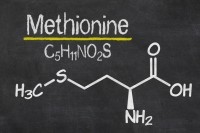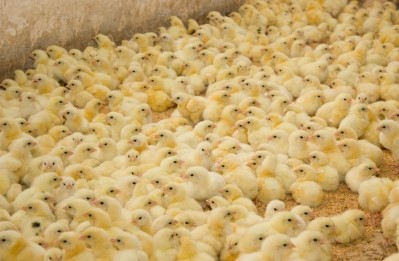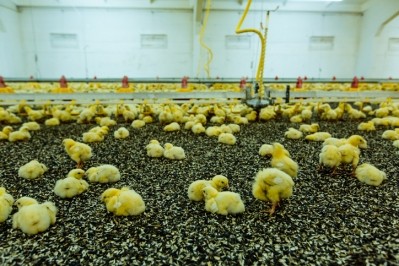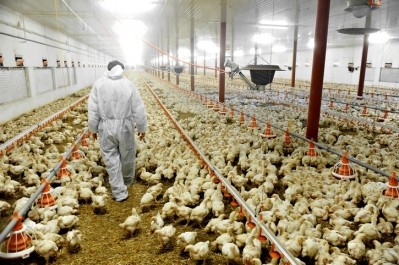Special Edition: Early Animal Nutrition
Why is methionine important for young chicks?
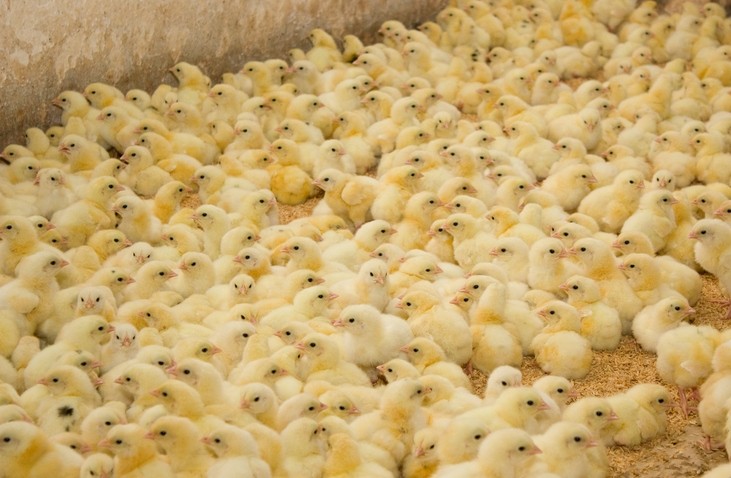
The company has just produced a primer on Met supplementation in broiler feed, and we spoke to Dr Rose Whelan, senior manager, animal physiology research, at Evonik, to get her perspective about the use of that amino acid in young chickens, in particular.
“Methionine is the first limiting amino acid for broilers; it is important that you get the levels of methionine and cysteine in the diet correct, so you are not under feeding those vital amino acids.”
“In the starter phase, you are not so concerned about breast meat yield, thigh meat or the performance parameters for return of investment yet, you are setting the system up for that later in the growth cycle. So, in that early phase, you are more worried about ensuring the chick has the best start to grow at the most efficient levels when it is older, and also that all the systems behind that - the immune system and the gastrointestinal system – are developed. If you get that phase wrong, you set that animal up to have poor feed efficiency later in life, and to be more susceptible to disease.”
Risk of underfeeding amino acids
Feed producers also need to have accurate information on the bioavailability of all sources to meet the methionine requirement of broiler chickens, achieve optimum bird performance and reduce the cost of production.
“If you are considering a dietary methionine source, and the bio-efficacy [data] you are using to determine how much of that other product should be added into your feed formulation is wrong, you may end up accidently under feeding methionine. In that way you would have too low a methionine and cysteine level in your feed formulation, a factor that would directly impact the growth [of the bird] or, in the starter phase, inhibit the development of all those systems that establish the optimum growth performance in later life.”
There has been industry debate about how bioavailable the different sources are:
It has previously been claimed that DL-Met may not be as efficient as L-Met in meeting the intestinal cell requirements for young chickens and it has been suggested that the dietary Met + cysteine (Cys) level can be reduced by 10% when using L-Met in poultry diets.
“From all of our studies, we see that DL-Met and L-Met are equally bioavailable. Our product is DL-Met but if a feed manufacturer is using L-Met because it is more locally available or for some other reason, we would just recommend that it is used on a 1-1 basis. We have heard some recommendations, floating around in the field, that you can use L-Met at 90% of the DL-Met [inclusion levels]. But, from all our research, we see that is definitely not true, and [supplementation in that way] would run the risk of under feeding that essential, first limiting amino acid.”
Studies show the Met sources to be equivalent nutritionally from the start of the rearing period, she said. One paper from 2016 noted that the growth performance of broilers during starter phases was equivalent, when their diets were supplemented with D-Met or L-Met. An earlier study, from 2007, observed no difference on growth performance of chicks fed either DL-Met or L-Met in purified or practical low-protein diets, she said.
A recent trial comparing growth performance of broilers fed DL-Met diluted to 90% and an L-Met product with 90% purity showed no difference in the relative bioavailability of the two dietary Met sources, added Dr Whelan.
Methionine use in poultry – an overview
Methionine is an essential amino acid as it cannot be synthesized by the bird.
Methionine in broiler feeds is most notably an amino acid for protein synthesis but also influences the bird’s ability to absorb amino acids in the intestines. It acts as a methyl donor, for example during DNA replication. It is a substrate in polyamine synthesis, and is required for cell proliferation.
It also plays a role in immune responses, and is involved as a substrate for antioxidants to regulate oxidative stress.
Most raw materials commonly used in broiler feed formulations are low in methionine, making it the first limiting amino acid in broiler diets globally.
Immunity in broilers
Given the annual improvements in the growth potential in chickens through genetic advances. Evonik continues to run methionine comparisons every year, she said.
“We also make sure the total requirements for digestible amino acids and our ratios to lysine are always up to date.”
Whelan, as an immunologist, has been looking at the biochemical pathways at how methionine is used by the broiler chicken.
“I see a lot of pathways in immune response, where methionine is really a necessary substrate for producing different kinds of immune cells, and being able to make an antibody response, basically, being able to react to disease.
“So, as we start to remove antibiotics and play with how to keep birds healthy and growing at genetic optimum with new disease pressure, we also have to look at methionine requirements [for broilers] so that they can reach not only their optimal growth potential, but also their optimal development [in terms of] immune response, so that the birds are as resistant and healthy as possible throughout the growth cycle.”
While analyzing what the amino acid requirements are to develop the bird’s immune system to the optimum level, Dr Whelan is also evaluating if amino acid levels change depending on the types of disease pressure that broiler production may face in the different regions of the world.
“This is quite a big undertaking, and one that will keep me busy for many years, but one that is incredibly important.”
Crude protein reduction
Early-phase specific research at Evonik relates to ensuring the broiler immune system and digestive system are working optimally.
“We are looking more closing at how low we can drop crude protein so that it is sustainable but still have all those systems developed. We are evaluating what the ideal AA levels and ratios are to get the maximum growth potential, and whether any tweaks are needed to get the best growth and immune function [in birds].
“These are the kind of questions we are tackling in our research group at the moment.”
